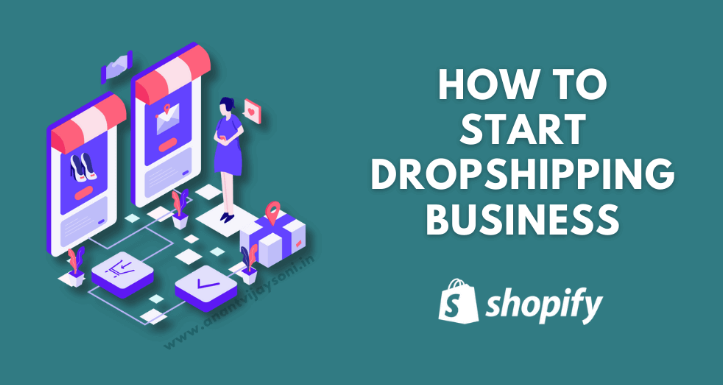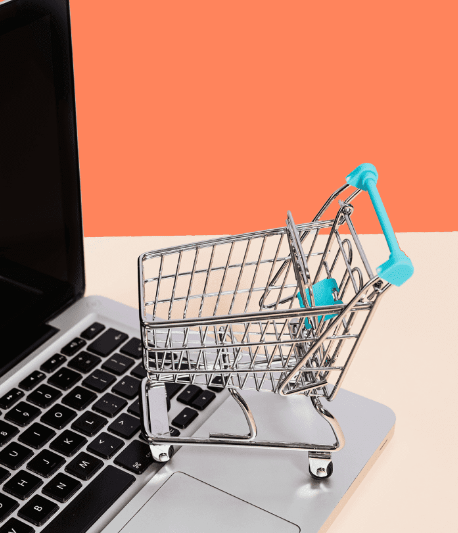Starting a dropshipping business can be an exciting and profitable venture, especially with platforms like Shopify simplifying the process. This guide will walk you through the essential steps to launch your dropshipping store effectively.
Understanding Dropshipping
What is Dropshipping?
Dropshipping is a retail fulfillment method where a store doesn't keep the products it sells in stock. Instead, when you sell a product, you purchase the item from a third party and have it shipped directly to the customer. This model allows you to run an online store without managing inventory or handling shipping logistics.
Benefits of Dropshipping
Low Startup Costs: You don't need to invest in inventory upfront.
Wide Product Selection: Access to countless products without storage concerns.
Flexibility: Operate from anywhere with an internet connection.
Scalability: Easily expand your product range as your business grows.
Steps to Start Your Dropshipping Business
1. Choose Your Niche
Selecting the right niche is crucial for your success. Look for a niche that balances personal interest and market demand. Use tools like Google Trends to gauge interest and analyze competitors to understand the landscape.
2. Conduct Market Research
Researching your market helps identify potential products and suppliers. Explore social media platforms for trends, analyze popular items on online marketplaces, and utilize keyword research tools to understand what customers are searching for.

Shopify How To Start A Dropshipping Business
3. Select Reliable Suppliers
Finding trustworthy suppliers is essential for maintaining product quality and customer satisfaction. Consider using platforms like AliExpress, Oberlo, or Spocket to connect with suppliers. Order samples to evaluate product quality and ensure they can meet shipping expectations.
4. Create Your Shopify Store
Setting up your Shopify store involves several key steps:
Sign Up: Create an account on Shopify and take advantage of their free trial.
Customize Your Design: Choose a theme that aligns with your brand and enhances user experience.
Add Products: Use dropshipping apps to import products from suppliers, ensuring you write compelling descriptions and use high-quality images.
5. Set Up Payment and Shipping Options
Configure payment methods such as PayPal or Shopify Payments for seamless transactions. Define clear shipping rates and policies, considering options like free shipping to attract customers.
6. Develop Store Policies
Transparent store policies build trust with customers. Create clear refund, privacy, and terms of service policies that outline customer rights and expectations.
7. Market Your Business
Effective marketing strategies are vital for driving traffic to your store:
Social Media Marketing: Use platforms like Facebook and Instagram for organic posts and targeted ads.
Content Marketing: Create valuable content related to your niche to improve SEO and attract visitors.
Email Marketing: Build an email list to engage customers with newsletters featuring promotions and updates.

Shopify How To Start Dropshipping
8. Analyze Performance and Optimize
Once your store is live, monitor its performance using Shopify's analytics tools. Track key metrics such as conversion rates and customer acquisition costs to make data-driven decisions that enhance your business strategy.
Common Challenges in Dropshipping
While dropshipping offers many advantages, it also presents challenges:
Shipping Delays: Inconsistent shipping times can affect customer satisfaction; communicate delivery expectations clearly.
Quality Control Issues: Regularly review supplier performance to ensure product quality.
Customer Service Management: Be prepared to handle inquiries regarding orders promptly, as excellent customer service is crucial for maintaining a positive reputation.
Conclusion
Starting a dropshipping business on Shopify can be a rewarding endeavor with the right approach. By selecting a niche, conducting thorough market research, choosing reliable suppliers, creating an appealing store, implementing effective marketing strategies, and continuously optimizing based on performance metrics, you can build a successful dropshipping business that meets customer needs and achieves your entrepreneurial goals. Embrace persistence and adaptability as you navigate the dynamic e-commerce landscape, and you'll be well on your way to success.


